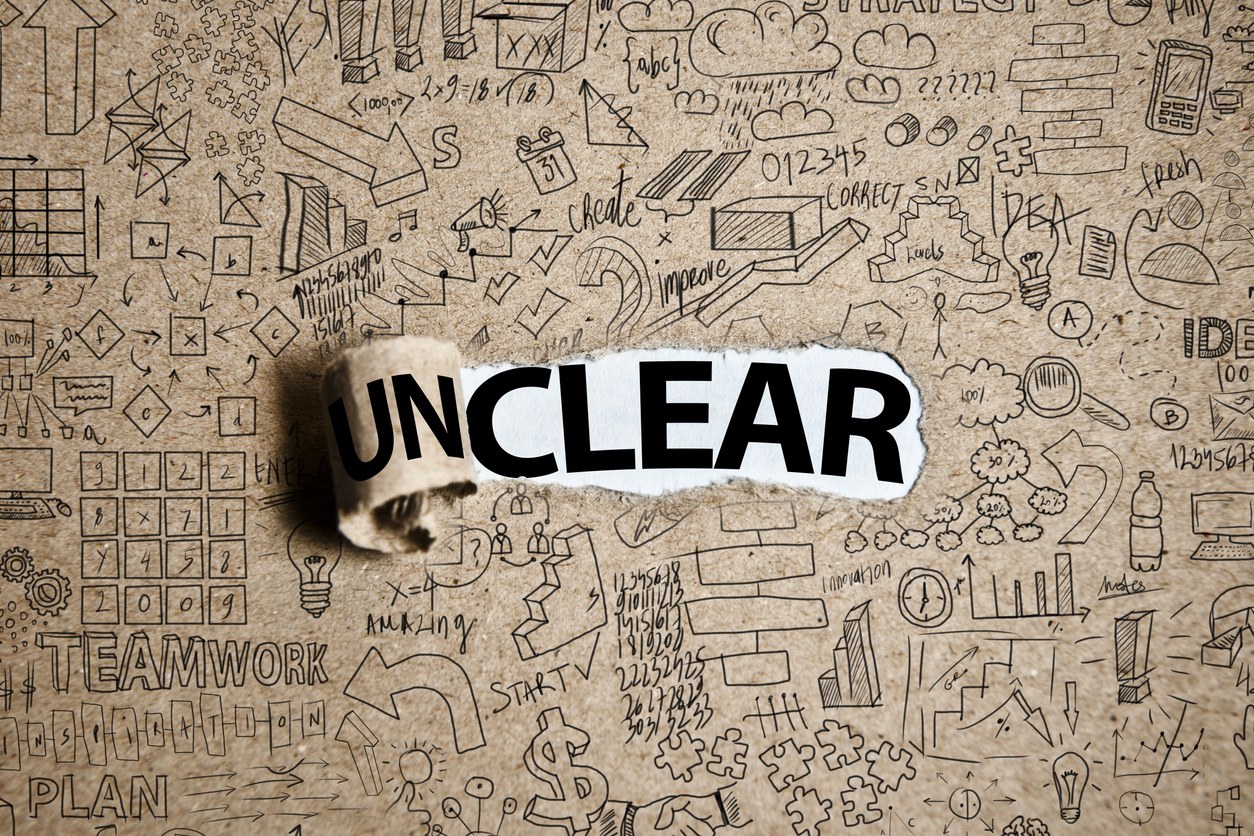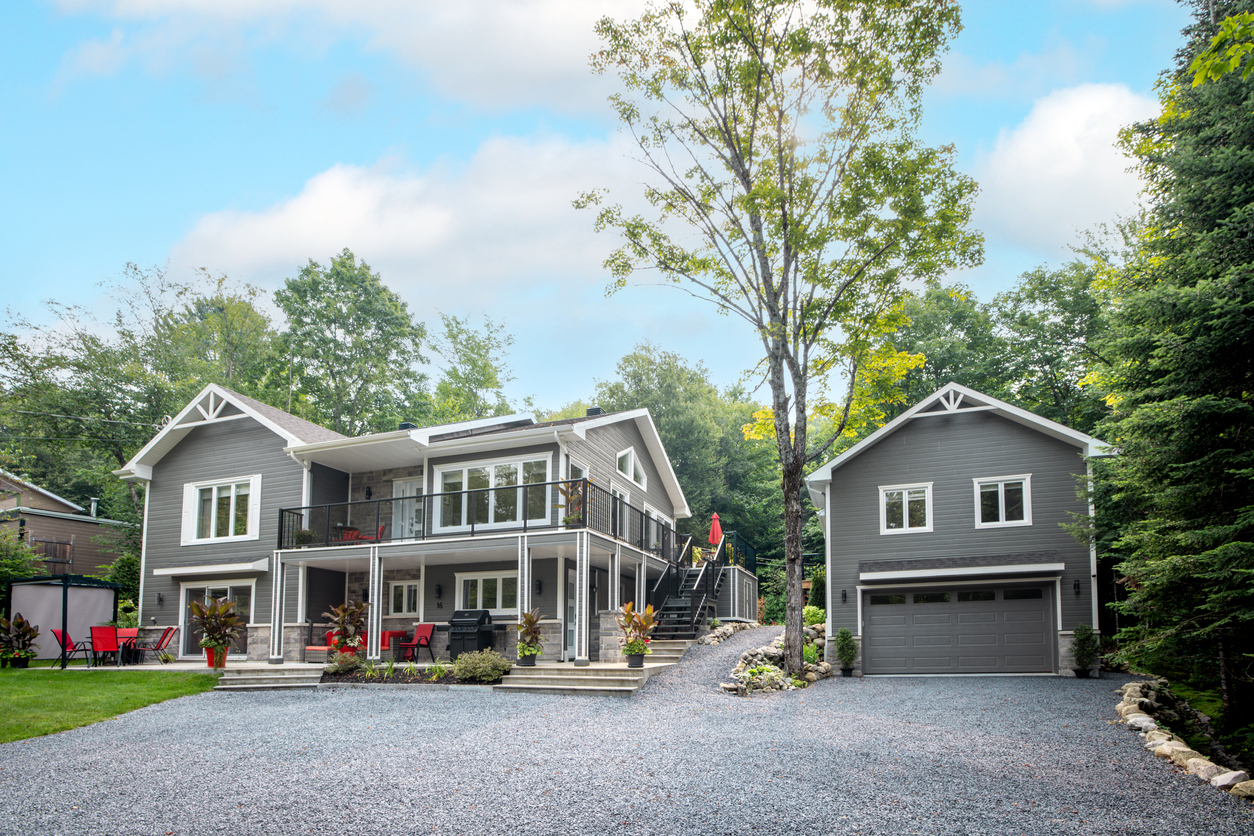Rutgers Law Professor Jay Feinman was commissioned by United Policyholders to write a report on the issue of "matching" following property losses to residential structures. He summarized the issue of matching as following:
Disputes can arise under a replacement cost policy if property is partially damaged. The insurer asserts that it is only required to pay for repair or replacement of the limited portion of the property that is damaged. The policyholder claims that more is needed to replace the property to a condition comparable to the position it was in prior to loss. A typical example arises if a portion of a roof is damaged. Replacing only the damaged shingles restores the functionality of the roof but does not fully replace the damaged property because the new shingles do not match the existing shingles. Prior to the loss the roof had a uniform appearance, and uniformity has a significant effect on value; therefore, the proper measure of replacement cost is the cost to replace the entire roof to restore the uniform appearance. This is the issue of “matching”— matching the damaged part of the property to the undamaged part to restore the property to the condition prior to loss, such as a roof with uniform appearance.
His work is an excellent discussion of the current state of the "matching" issue and should be read by all my nerdy friends who study the fine lines of insurance contract law.
I am proud to be a Board member and sponsor of United Policyholders. Amy Bach has done a tremendous and amazing job as United Policyholders’ Executive Director. Certainly, this commissioned work by Professor Feinman upholds the slogan of United Policyholders that through education, United Policyholders is "empowering the insured."



